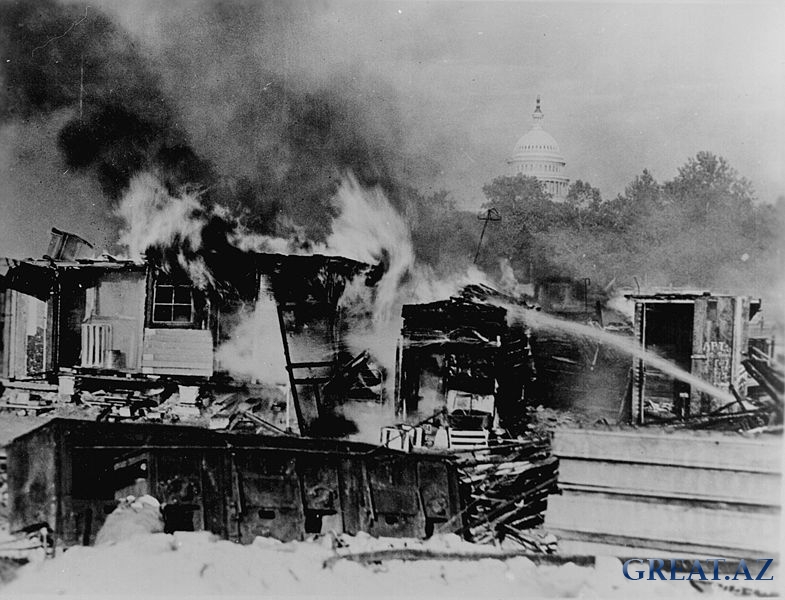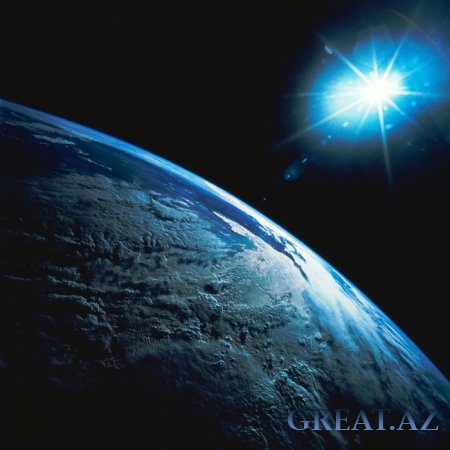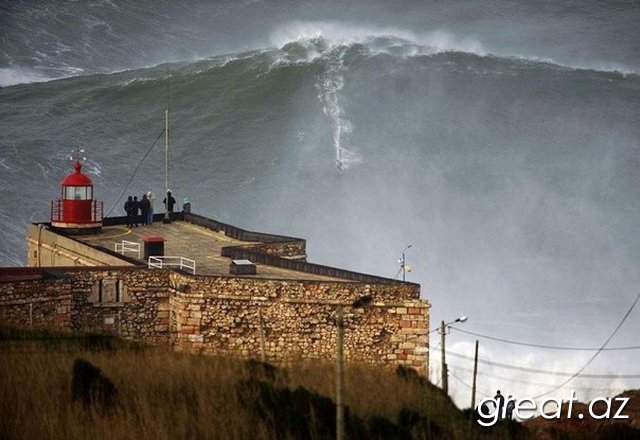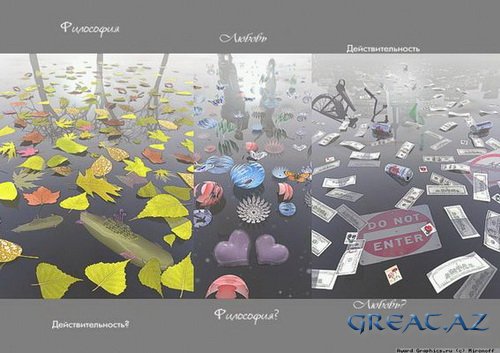The Great Depression
This article is about the severe worldwide economic downturn in the 1930s. For other uses, see The Great Depression (disambiguation).
The Great Depression was a severe worldwide economic depression in the decade preceding World War II. The timing of the Great Depression varied across nations, but in most countries it started in about 1929 and lasted until the late 1930s or early 1940s. It was the longest, most widespread, and deepest depression of the 20th century. In the 21st century, the Great Depression is commonly used as an example of how far the world's economy can decline. The depression originated in the U.S., starting with the fall in stock prices that began around September 4, 1929 and became worldwide news with the stock market crash of October 29, 1929 (known as Black Tuesday). From there, it quickly spread to almost every country in the world.
The Great Depression had devastating effects in virtually every country, rich and poor. Personal income, tax revenue, profits and prices dropped while international trade plunged by ½ to ⅔. Unemployment in the U.S. rose to 25%, and in some countries rose as high as 33%. Cities all around the world were hit hard, especially those dependent on heavy industry. Construction was virtually halted in many countries. Farming and rural areas suffered as crop prices fell by approximately 60%. Facing plummeting demand with few alternate sources of jobs, areas dependent on primary sector industries such as cash cropping, mining and logging suffered the most.
Some economies started to recover by the mid-1930s. However, in many countries the negative effects of the Great Depression lasted until the start of World War II.
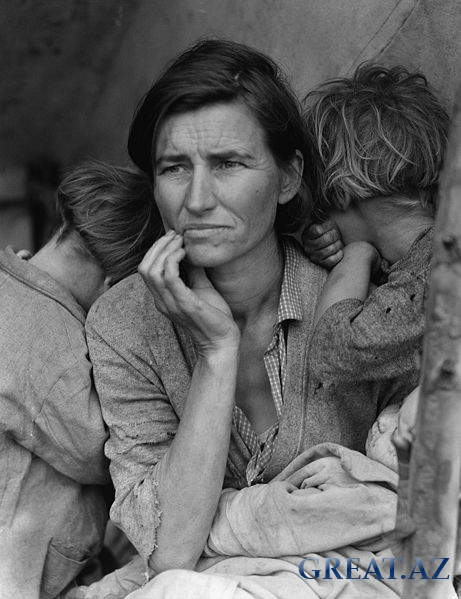
Start of the Great Depression
Economic historians usually attribute the start of the Great Depression to the sudden devastating collapse of US stock market prices on October 29, 1929, known as Black Tuesday.[1] However, some dispute this conclusion, and see the stock crash as a symptom, rather than a cause of the Great Depression. Even after the Wall Street Crash of 1929, optimism persisted for some time; John D. Rockefeller said that "These are days when many are discouraged. In the 93 years of my life, depressions have come and gone. Prosperity has always returned and will again." In fact, the stock market turned upward in early 1930, returning to early 1929 levels by April. This was still almost 30% below the peak of September 1929. Together, government and business actually spent more in the first half of 1930 than in the corresponding period of the previous year. On the other hand, consumers, many of whom had suffered severe losses in the stock market the previous year, cut back their expenditures by ten percent. Likewise, beginning in the summer of 1930, a severe drought ravaged the agricultural heartland of the USA.
By mid-1930, interest rates had dropped to low levels. But expected deflation and the continuing reluctance of people to borrow meant that consumer spending and investment were depressed. By May 1930, automobile sales had declined to below the levels of 1928. Prices in general began to decline, although wages held steady in 1930; but then a deflationary spiral started in 1931. Conditions were worse in farming areas, where commodity prices plunged, and in mining and logging areas, where unemployment was high and there were few other jobs. The decline in the US economy was the factor that pulled down most other countries at first, then internal weaknesses or strengths in each country made conditions worse or better. Frantic attempts to shore up the economies of individual nations through protectionist policies, such as the 1930 U.S. Smoot–Hawley Tariff Act and retaliatory tariffs in other countries, exacerbated the collapse in global trade. By late 1930, a steady decline in the world economy had set, which did not reach bottom until 1933.
Causes
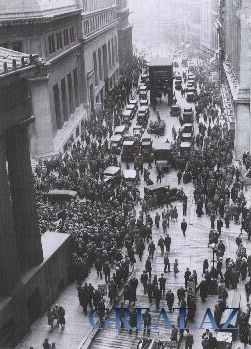
There were multiple causes for the first downturn in 1929. These include the structural weaknesses and specific events that turned it into a major depression and the manner in which the downturn spread from country to country. In relation to the 1929 downturn, historians emphasize structural factors like massive bank failures and the stock market crash. In contrast, economists (such as Barry Eichengreen, Milton Friedman and Peter Temin) point to monetary factors such as actions by the US Federal Reserve that contracted the money supply, as well as Britain's decision to return to the Gold Standard at pre-World War I parities (US$4.86:£1).
Recessions and business cycles are thought to be a normal part of living in a world of inexact balances between supply and demand. What turns a normal recession or 'ordinary' business cycle into an actual depression is a subject of much debate and concern. Scholars have not agreed on the exact causes and their relative importance. Moreover, the search for causes is closely connected to the issue of avoiding future depressions.
Thus, the personal political and policy viewpoints of scholars greatly colors their analysis of historic events occurring eight decades ago. An even larger question is whether the Great Depression was primarily a failure on the part of free markets or, alternately, a failure of government efforts to regulate interest rates, curtail widespread bank failures, and control the money supply. Those who believe in a larger economic role for the state believe that it was primarily a failure of free markets, while those who believe in a smaller role for the state believe that it was primarily a failure of government that compounded the problem.
Current theories may be broadly classified into two main points of view and several heterodox points of view. First, there are demand-driven theories, most importantly Keynesian economics, but also including those who point to the breakdown of international trade, and Institutional economists who point to underconsumption and over-investment (causing an economic bubble), malfeasance by bankers and industrialists, or incompetence by government officials. The consensus among demand-driven theories is that a large-scale loss of confidence led to a sudden reduction in consumption and investment spending. Once panic and deflation set in, many people believed they could avoid further losses by keeping clear of the markets. Holding money became profitable as prices dropped lower and a given amount of money bought ever more goods, exacerbating the drop in demand.
Secondly, there are the monetarists, who believe that the Great Depression started as an ordinary recession, but that significant policy mistakes by monetary authorities (especially the Federal Reserve), caused a shrinking of the money supply which greatly exacerbated the economic situation, causing a recession to descend into the Great Depression. Related to this explanation are those who point to debt deflation causing those who borrow to owe ever more in real terms.
Lastly, there are various heterodox theories that downplay or reject the explanations of the Keynesians and monetarists. For example, some new classical macroeconomists have argued that various labor market policies imposed at the start caused the length and severity of the Great Depression. The Austrian school of economics focuses on the macroeconomic effects of money supply, and how central banking decisions can lead to over-investment (economic bubble). The Marxist critique of political economy emphasizes the tendency of capitalism to create unbalanced accumulations of wealth, leading to overaccumulations of capital and a repeating cycle of devaluations through economic crises.
This article is about the severe worldwide economic downturn in the 1930s. For other uses, see The Great Depression (disambiguation).
The Great Depression was a severe worldwide economic depression in the decade preceding World War II. The timing of the Great Depression varied across nations, but in most countries it started in about 1929 and lasted until the late 1930s or early 1940s. It was the longest, most widespread, and deepest depression of the 20th century. In the 21st century, the Great Depression is commonly used as an example of how far the world's economy can decline. The depression originated in the U.S., starting with the fall in stock prices that began around September 4, 1929 and became worldwide news with the stock market crash of October 29, 1929 (known as Black Tuesday). From there, it quickly spread to almost every country in the world.
The Great Depression had devastating effects in virtually every country, rich and poor. Personal income, tax revenue, profits and prices dropped while international trade plunged by ½ to ⅔. Unemployment in the U.S. rose to 25%, and in some countries rose as high as 33%. Cities all around the world were hit hard, especially those dependent on heavy industry. Construction was virtually halted in many countries. Farming and rural areas suffered as crop prices fell by approximately 60%. Facing plummeting demand with few alternate sources of jobs, areas dependent on primary sector industries such as cash cropping, mining and logging suffered the most.
Some economies started to recover by the mid-1930s. However, in many countries the negative effects of the Great Depression lasted until the start of World War II.

Start of the Great Depression
Economic historians usually attribute the start of the Great Depression to the sudden devastating collapse of US stock market prices on October 29, 1929, known as Black Tuesday.[1] However, some dispute this conclusion, and see the stock crash as a symptom, rather than a cause of the Great Depression. Even after the Wall Street Crash of 1929, optimism persisted for some time; John D. Rockefeller said that "These are days when many are discouraged. In the 93 years of my life, depressions have come and gone. Prosperity has always returned and will again." In fact, the stock market turned upward in early 1930, returning to early 1929 levels by April. This was still almost 30% below the peak of September 1929. Together, government and business actually spent more in the first half of 1930 than in the corresponding period of the previous year. On the other hand, consumers, many of whom had suffered severe losses in the stock market the previous year, cut back their expenditures by ten percent. Likewise, beginning in the summer of 1930, a severe drought ravaged the agricultural heartland of the USA.
By mid-1930, interest rates had dropped to low levels. But expected deflation and the continuing reluctance of people to borrow meant that consumer spending and investment were depressed. By May 1930, automobile sales had declined to below the levels of 1928. Prices in general began to decline, although wages held steady in 1930; but then a deflationary spiral started in 1931. Conditions were worse in farming areas, where commodity prices plunged, and in mining and logging areas, where unemployment was high and there were few other jobs. The decline in the US economy was the factor that pulled down most other countries at first, then internal weaknesses or strengths in each country made conditions worse or better. Frantic attempts to shore up the economies of individual nations through protectionist policies, such as the 1930 U.S. Smoot–Hawley Tariff Act and retaliatory tariffs in other countries, exacerbated the collapse in global trade. By late 1930, a steady decline in the world economy had set, which did not reach bottom until 1933.
Causes

There were multiple causes for the first downturn in 1929. These include the structural weaknesses and specific events that turned it into a major depression and the manner in which the downturn spread from country to country. In relation to the 1929 downturn, historians emphasize structural factors like massive bank failures and the stock market crash. In contrast, economists (such as Barry Eichengreen, Milton Friedman and Peter Temin) point to monetary factors such as actions by the US Federal Reserve that contracted the money supply, as well as Britain's decision to return to the Gold Standard at pre-World War I parities (US$4.86:£1).
Recessions and business cycles are thought to be a normal part of living in a world of inexact balances between supply and demand. What turns a normal recession or 'ordinary' business cycle into an actual depression is a subject of much debate and concern. Scholars have not agreed on the exact causes and their relative importance. Moreover, the search for causes is closely connected to the issue of avoiding future depressions.
Thus, the personal political and policy viewpoints of scholars greatly colors their analysis of historic events occurring eight decades ago. An even larger question is whether the Great Depression was primarily a failure on the part of free markets or, alternately, a failure of government efforts to regulate interest rates, curtail widespread bank failures, and control the money supply. Those who believe in a larger economic role for the state believe that it was primarily a failure of free markets, while those who believe in a smaller role for the state believe that it was primarily a failure of government that compounded the problem.
Current theories may be broadly classified into two main points of view and several heterodox points of view. First, there are demand-driven theories, most importantly Keynesian economics, but also including those who point to the breakdown of international trade, and Institutional economists who point to underconsumption and over-investment (causing an economic bubble), malfeasance by bankers and industrialists, or incompetence by government officials. The consensus among demand-driven theories is that a large-scale loss of confidence led to a sudden reduction in consumption and investment spending. Once panic and deflation set in, many people believed they could avoid further losses by keeping clear of the markets. Holding money became profitable as prices dropped lower and a given amount of money bought ever more goods, exacerbating the drop in demand.
Secondly, there are the monetarists, who believe that the Great Depression started as an ordinary recession, but that significant policy mistakes by monetary authorities (especially the Federal Reserve), caused a shrinking of the money supply which greatly exacerbated the economic situation, causing a recession to descend into the Great Depression. Related to this explanation are those who point to debt deflation causing those who borrow to owe ever more in real terms.
Lastly, there are various heterodox theories that downplay or reject the explanations of the Keynesians and monetarists. For example, some new classical macroeconomists have argued that various labor market policies imposed at the start caused the length and severity of the Great Depression. The Austrian school of economics focuses on the macroeconomic effects of money supply, and how central banking decisions can lead to over-investment (economic bubble). The Marxist critique of political economy emphasizes the tendency of capitalism to create unbalanced accumulations of wealth, leading to overaccumulations of capital and a repeating cycle of devaluations through economic crises.
